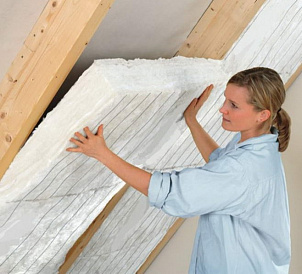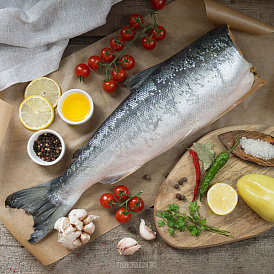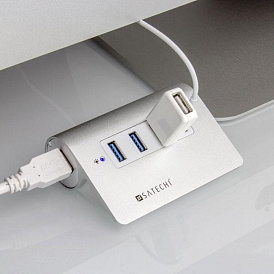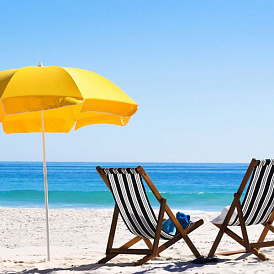Compare OSB and Drywall | Determine the best
Drywall and OSB are gypsum and wood slabs, respectively. They have a similar scope of application and are designed for wall cladding, the formation of floors, leveling floors, creating ceilings and similar construction operations. However, with general similarity, OSB and drywall are designed for different purposes.
To compare the OSB and drywall, consider in detail these materials.
Advantages and disadvantages of OSB
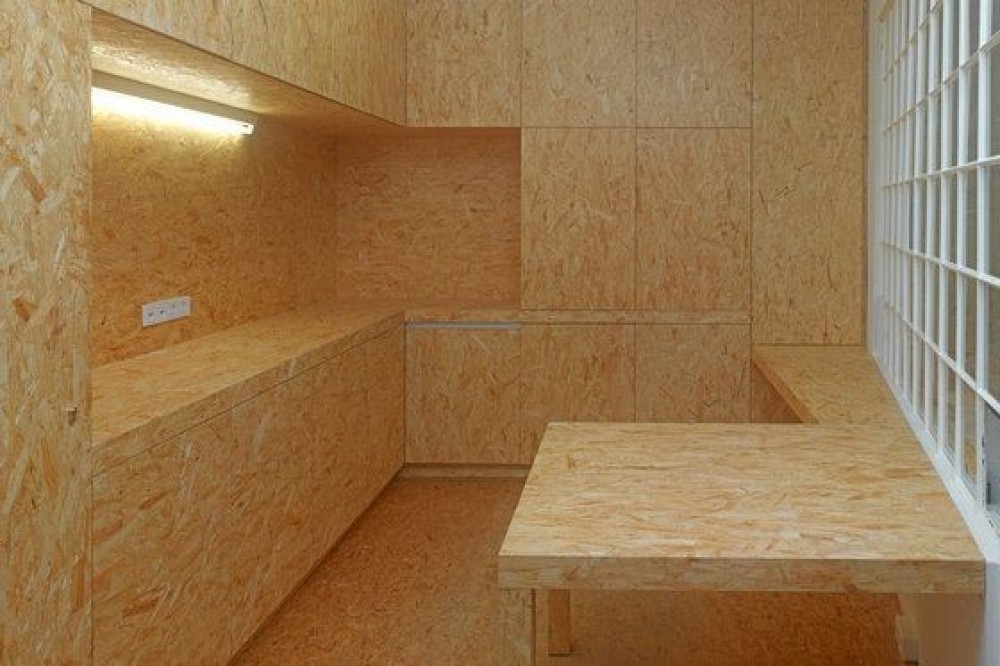
OSB (in general, this material is called "OSB-plates", from Oriented Strand Board - "oriented strand board") are multi-layered sheets, which are 95% composed of oriented chips. The remaining 5% of the composition is occupied by various fixative resins, boric acid for processing and synthetic wax for coating.
Since for the manufacture of OSB mainly used waste and secondary products of woodworking, as well as synthetic impregnation, this material has a low price. At the same time plates differ in the high mechanical durability and attractive appearance. As a result, they can be used both for constructional works and for finishing.
The main advantages of OSB are:
-
Low price. These plates are made of inexpensive materials, so that in themselves they are quite cheap;
-
High reliability. Impregnation with artificial resins ensures the strength of the material and resistance to mechanical damage as well as to the action of pests, fungi, mold and aggressive deforming chemicals;
-
Low weight. Thanks to this, the OSB-plates can be placed on the walls without additional strengthening;
-
Visual appeal. Plates look exactly the same as natural wood, so they can be used for decorating;
-
Moisture resistance. It is especially high in materials coated with artificial wax. It has a water repellent effect;
-
Good sound insulation qualities. OSB-plates absorb noise from both sides, so that in the decorated room they are quiet and comfortable.
However, OSB-plates possess and are quitea list of deficiencies. Among them are:
-
Excretion of toxic substances. Artificial compounds, including boric acid and glue, give rise to volatile harmful substances. Plates under certain conditions can release formaldehyde and toxic resins - especially when heated. However, OSB-plates still produce less harmful substances than chipboard;
-
Low refractoriness. Wood burns, and OSB-plates for 95% consist of it;
-
Low vapor permeability. Under established OSB-plates moisture can accumulate, which adversely affects the building materials of the walls and floor.
Therefore, it is recommended to use OSB-plates in the following cases:
-
External facing of walls with simultaneous placement of other facing materials;
-
Installation of rough floors;
-
Wall cladding;
-
Solid roof cladding.
In addition, OSB-plates can be used in the production of structural CIP-panels.They will give these elements increased reliability, durability and excellent heat and noise insulation properties.
However, the OSB-plates can not be used for construction and finishing works in the bathroom, kitchen, toilet and attic. This is due to the low vapor permeability of the material, as well as the release of harmful substances by it when heated or in contact with hot objects.
The advantages and disadvantages of drywall
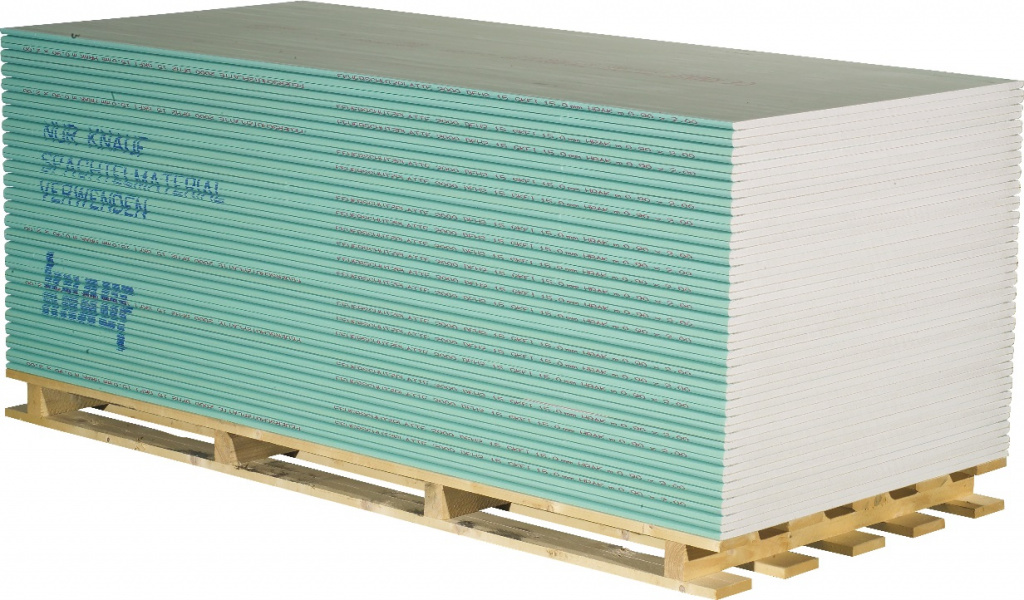
Drywall - plates that are made, as the name implies, of plaster, covered on both sides with cardboard. The composition of the material usually includes about 91% gypsum and 6% cardboard, and the rest - additional impregnation. Or just water.
Drywall is used in construction and finishing works. So, it can be used for the construction of partitions, wall cladding and so on. In addition, it is widely used as a material for creating suspended ceilings in homes, apartments and offices.
The following advantages of drywall can be highlighted:
-
Ecological purity. The material is safe for nature and the environment, and for people. Unlike its predecessor, it does not emit harmful substances either when heated or simply during operation;
-
Low weight and easy installation. In principle, even one person can handle the task of “moving a sheet of drywall, sawing it and installing it on a wall or ceiling”;
-
Durability and mechanical strength. Gypsum plasterboards serve for a long time, do not self-degrade over time, and are also resistant to random mechanical effects;
-
The possibility of further finishing. Other finishing materials — paint, wallpaper, tile, artificial stone, and much, much more, can be placed on top of the plasterboard sheets;
-
Low price. Drywall sheets are cheaper than most other finishing materials.
It is worth noting that there are special types of drywall. For example, moisture resistant, which can be placed in the kitchen, attic or in the bathroom. Or refractory, able to withstand up to 40 minutes of exposure to open fire. Fire and moisture resistant sheets also exist.
However, there are drawbacks to drywall too:
-
Lack of load-bearing properties. Before you hang a heavy object - a TV, a mirror or a shelf - on a wall or plasterboard partition, you need to prepare it by installing a supporting frame;
-
Deformation. Sheets can bend, twist and break when trying to place massive objects on them;
-
Gypsum dust. When you try to cut a sheet of drywall in the air rises a huge amount of fine gypsum dust. Therefore, such procedures can be carried out only in respirators.
-
It should be noted that in some cases, the edges of the cut gypsum sheet continue to emit dust after installation. Preferably, before placing their material on the frame, the edges should be treated to protect the room from dust.
Thus, drywall can be used in the following situations:
-
Alignment of the walls in the premises. Suitable even for installation in the kitchen;
-
Installation of suspended ceilings of any complexity;
-
Designing furniture, stands, shelves, decorative and practical elements.
Drywall - almost universal material for decoration and design. Nevertheless, it is worth considering that it does not have bearing properties. And so for some purposes - installation on a rough roof and rough floors, for example - it simply does not fit.
What to choose - OSB or drywall?
When choosing a suitable material should be guided by the following principles:
-
If any kind of bearing properties are required (from further laminate coating to the future placement of a TV), plasterboard will not work. Or it is necessary to prepare for its additional strengthening in various ways;
-
If moisture resistance and vapor permeability are required for walls, floors or ceilings in the kitchen, bathroom or veranda, it is better to choose drywall, since RSD is not suitable for work in such rooms;
-
It is better to place drywall in the nursery, as it is environmentally friendly and safe.
-
In other cases, you should choose based on your situation, budget and plans for further finishing.


